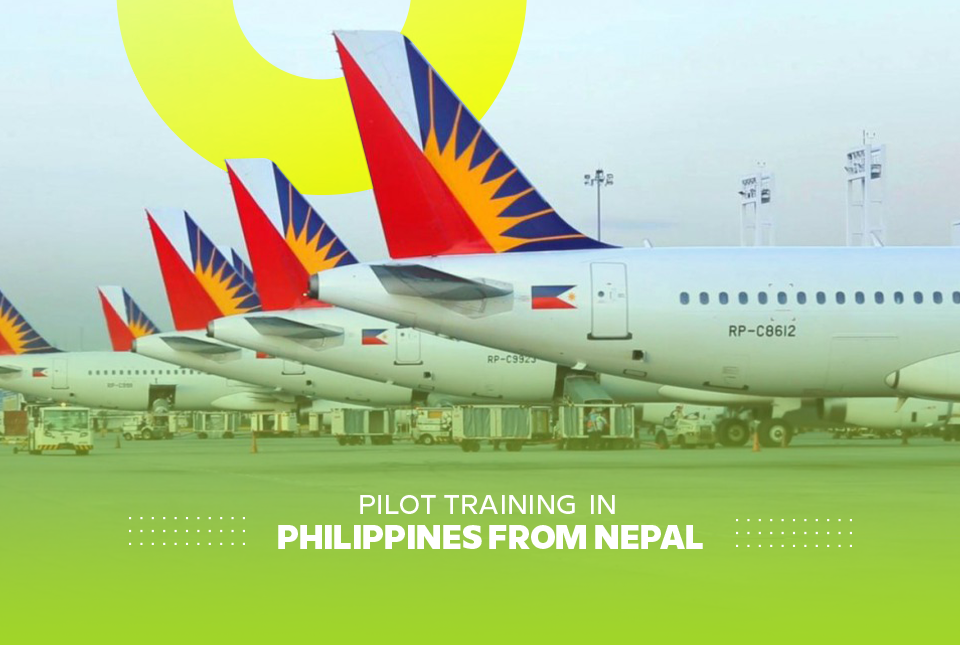Why the Philippines?
The Philippines, with its diverse cultural landscape and English-speaking populace, presents an attractive destination for Nepalese students aspiring to soar the skies. The country's growing aviation industry, bolstered by numerous reputable flight schools and an advantageous year-round flying climate, stands out in Southeast Asia.
Cultural Proximity and Comfort The Philippines' cultural vibrancy and geographical proximity offer a sense of familiarity to Nepalese students, easing the transition to a foreign land.
Table of Contents:
- Introduction to Pilot Training in the Philippines
- Appeal for Nepalese Students
- Overview of the Philippine Aviation Industry
- Enrollment Process
- Eligibility and Academic Requirements
- Visa and Documentation Procedures
- Pilot Training Programs and Curriculum
- Types of Pilot Licenses
- Ground School and Flight Training
- Cost Analysis and Financial Planning
- Tuition and Living Expenses
- Scholarships and Financial Aid
- Career Opportunities Post-Training
- Job Prospects in Nepal and Internationally
- The Importance of Networking and Alumni Success Stories
- Adapting to Challenges
- Cultural and Language Barriers
- Navigating Regulatory Environments
Navigating the Enrollment Process
Meeting the Criteria Prospective pilots must meet specific academic and medical standards. A high school diploma is typically the minimum academic requirement, accompanied by a medical certificate ensuring fitness for flying.
Visa Journey Securing a student visa involves a sequence of well-defined steps. Nepalese students must navigate through paperwork and regulations to ensure a smooth entry into the Philippines.
Training Tailored for the Skies
Choosing Your Path The journey begins with a Private Pilot License (PPL), laying the groundwork for flying basics. Those aiming higher pursue a Commercial Pilot License (CPL), entailing advanced training and rigorous flying hours.
Classroom and Clouds The curriculum is a blend of ground school – focusing on theory, including meteorology and navigation – and practical flight training, where students get hands-on experience in actual aircraft and simulators.
Financial Flight Plan
Budgeting for Dreams The financial aspect covers tuition, living expenses, and other costs. While more affordable than many Western countries, students should prepare a comprehensive budget.
A Helping Hand Scholarships and financial aid are available, although they may require diligent research and timely application.
Career Horizons Post-Training
Opportunities Back Home and Beyond After training, the aviation industry in Nepal and abroad beckons. Many Nepalese students find opportunities within Nepal's growing aviation sector or with international airlines.
Networking and Connections Establishing a robust professional network during training is crucial for career progression. Success stories of Nepalese alumni can be both inspiring and instructive.
Overcoming Challenges
Cultural and Language Adaptation Adjusting to life in the Philippines can be challenging but also enriching. Language barriers are generally minimal due to the prevalence of English.
Regulatory Hurdles Understanding and complying with aviation regulations in both the Philippines and Nepal is vital for a seamless transition from training to professional flying.
Conclusion
Pilot training in the Philippines offers Nepalese students a unique blend of quality education, cultural richness, and practical experience. While the journey requires dedication, financial planning, and adaptability, the rewards of an aviation career are unparalleled. As more Nepalese students turn their gaze towards the Philippine skies, the bond between these two nations strengthens, fostering a new generation of skilled aviators ready to take on the global stage.
Also Read: Pilot Training Costs Nepal
Pilot Training in Nepal

